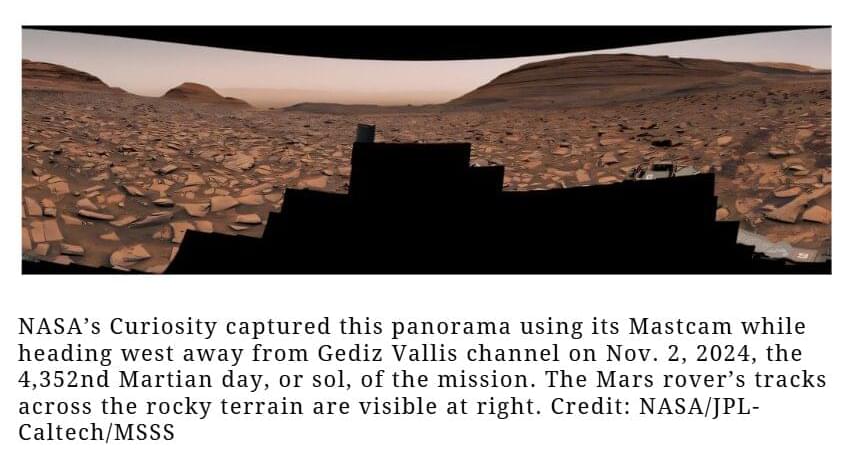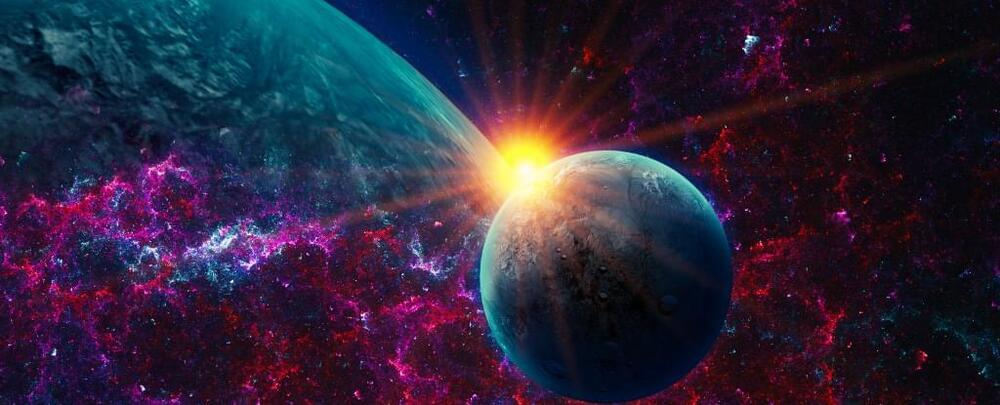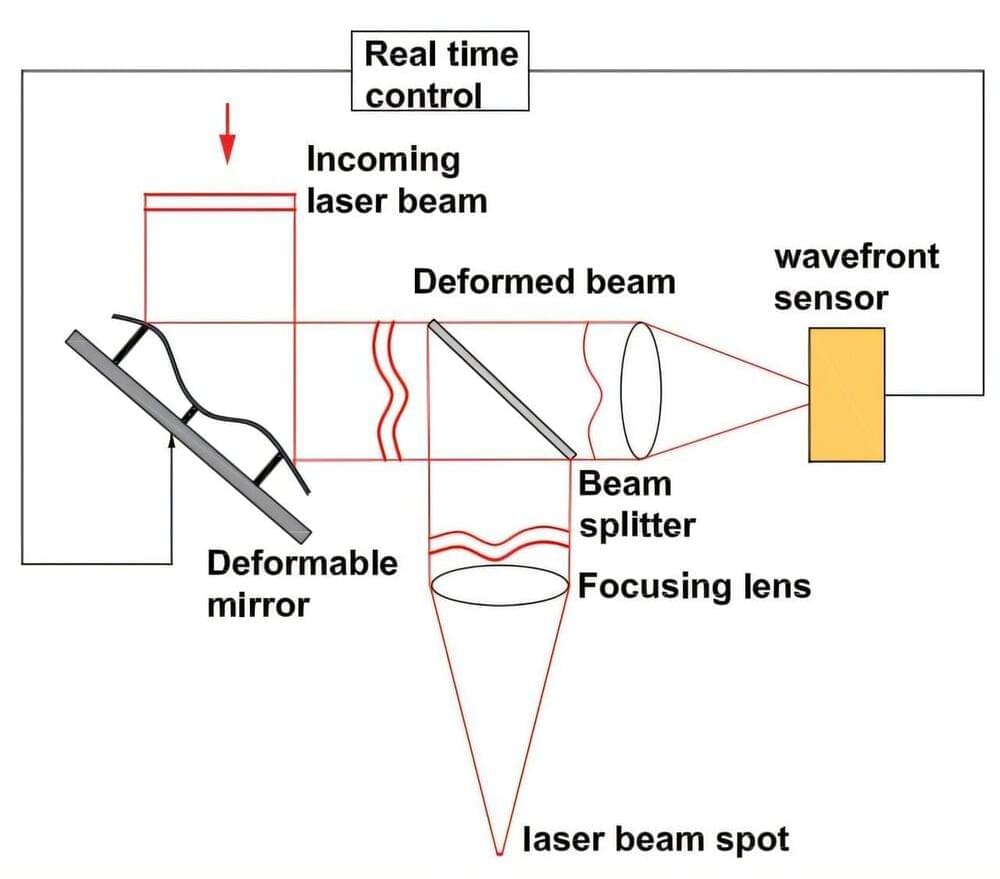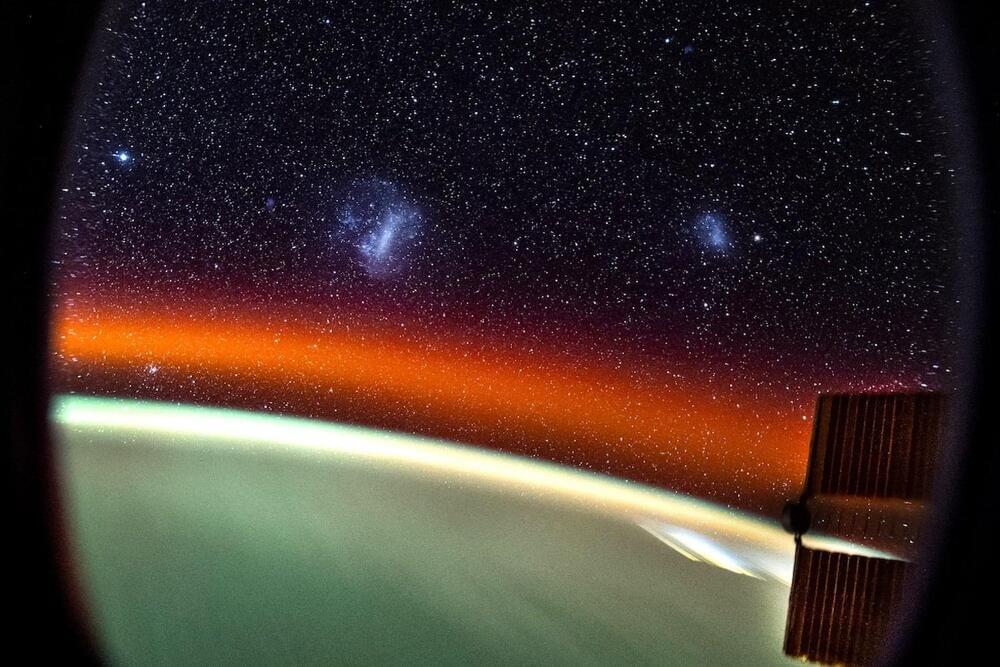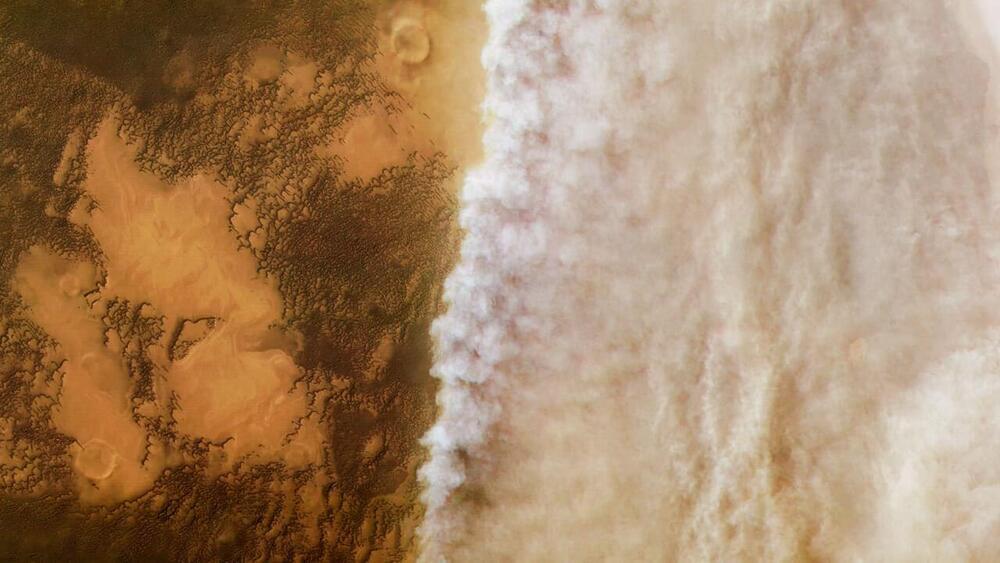An impressive operation recently took place in CERN’s magnet test hall. The innovative cold powering system has been successfully installed in the High-Luminosity LHC (HL-LHC) Inner Triplet (IT) String test stand. This novel system comprises a long electrical transmission line, which has been specially developed to transport currents to the magnets across a wide range of temperatures. Its installation in the IT String follows on from the installation of the novel protection system and is an important milestone in the development of the HL-LHC.
The High Luminosity LHC (HL-LHC) is a major upgrade of CERN’s Large Hadron Collider (LHC), which aims to increase the number of particle collisions (luminosity) and consequently boost the amount of physics data that can be collected, allowing further discoveries to be made.
Innovative beam-focusing magnets, known as inner triplets, are a major part of this upgrade. These magnets will be deployed on both sides of the beam interaction points at the ATLAS and CMS experiments with new powering, protection and alignment systems and – just like the LHC magnets – they will operate at 1.9 K (an extremely cold temperature, colder than deep outer space).

